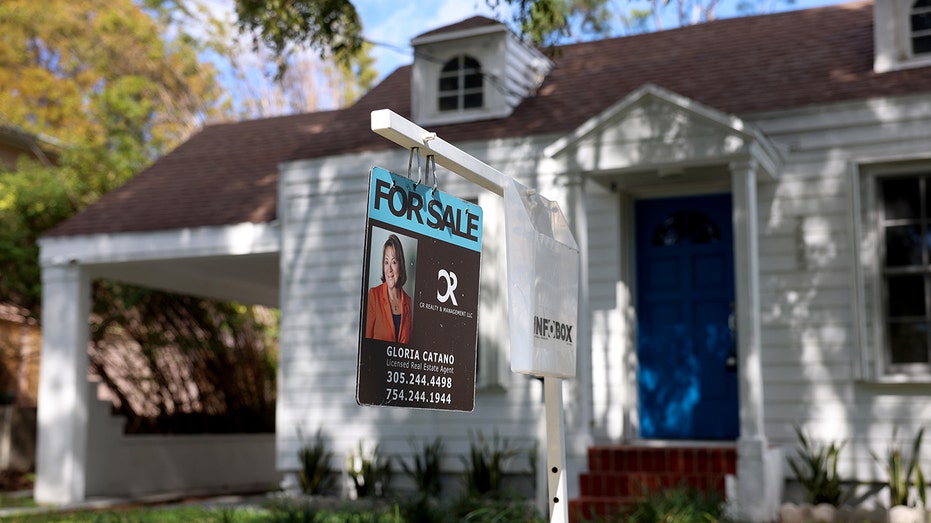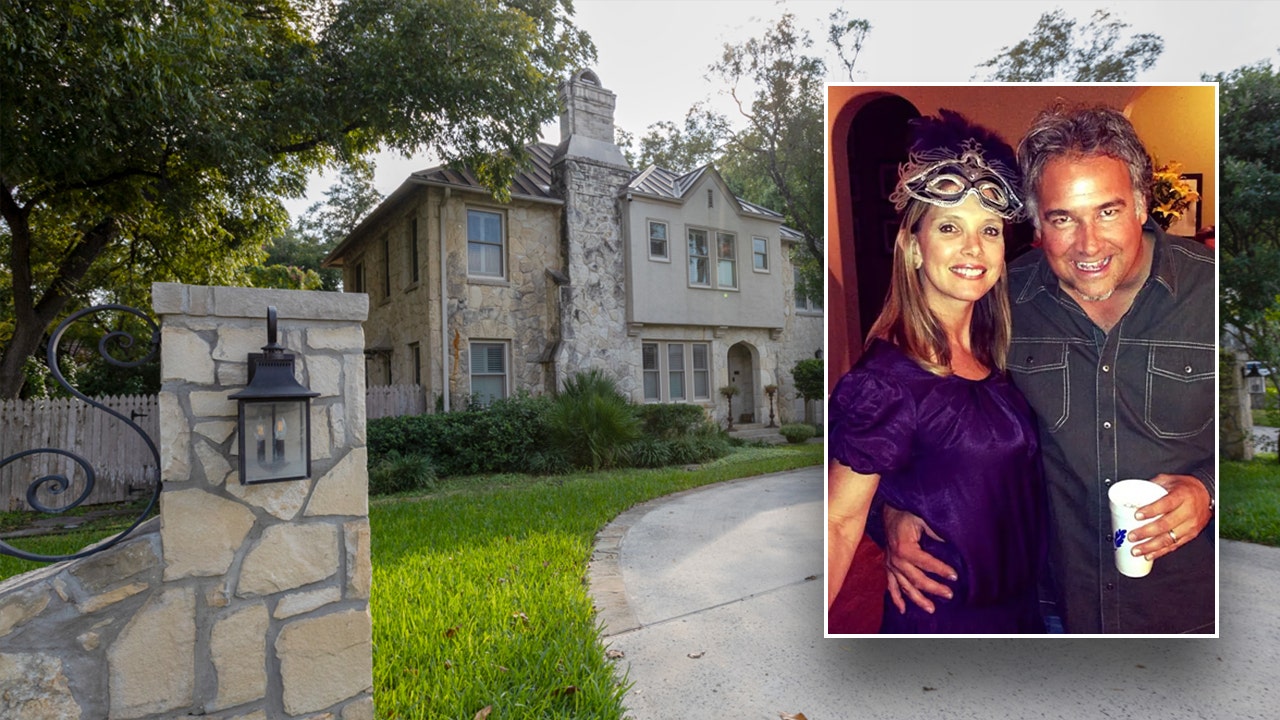A major misconception in the U.S. real estate market is that the spring is the best time to buy a home. In reality, spring benefits sellers.
“Most homebuyers think spring is the best time to buy because we all call it the spring buying season. But if you actually look at housing market metrics, the fall overwhelmingly is a much more favorable time for buyers to get their foot in the door in the housing market,” Ralph McLaughlin, Realtor.com senior economist, told FOX Business.
Nationally, Realtor.com economists estimate that the best time to buy a home is from the last week of September to the first week of October. However, McLaughlin noted that you don’t have to “hit that peak week perfectly.” Any time during fall will be better for buyers compared to the spring, he said.
He pointed to several factors why buyers should aim for the fall, notably the supply and demand imbalance that tends to happen towards the end of the year plays in a buyers’ favor.
EXISTING HOME SALES FALL TO LOWEST LEVEL SINCE 2010
There are more homes on the market relative to buyers as many people return to the school season. According to McLaughlin, buyers with school-aged children typically avoid moving during this time or have already relocated earlier in the year.
WHY MORTGAGE RATES ARE GOING UP DESPITE THE FED’S INTEREST RATE CUT
You also have a number of homes that didn’t sell earlier in the year but are still on the market. There could be several factors contributing to this, such as a seller listing their home later than intended or pricing it too high.
As fall approaches, McLaughlin said certain sellers will start to “get a little bit nervous,” increasing their “willingness to cut prices.” This, in turn, leads to a larger share of homes on the market with price reductions.
Homes are also staying on the market longer, which means buyers don’t have to rush. Unlike the height of the pandemic, when homes were quickly snapped up, buyers today aren’t as pressured to settle or close on a property immediately, he said.

“I know that was the trend during the pandemic years when homes were closing in a week to two weeks when it was a slow year. That’s changed,” McLaughlin said.
Today, the typical home spends between two and three months on the market, according to McLaughlin, adding that buyers should use this time to their advantage.
While interest rates still might be high, price cuts signal flexibility, which means buyers have the opportunity to negotiate, according to McLaughlin.
“You can leverage the abundance of homes that are on the market to your advantage and in potentially getting a price cut or getting other concessions,” he said.
This could include things such as negotiating a rate buy down, which is an arrangement in which a buyer gets a lower mortgage interest rate in exchange for an upfront fee.













